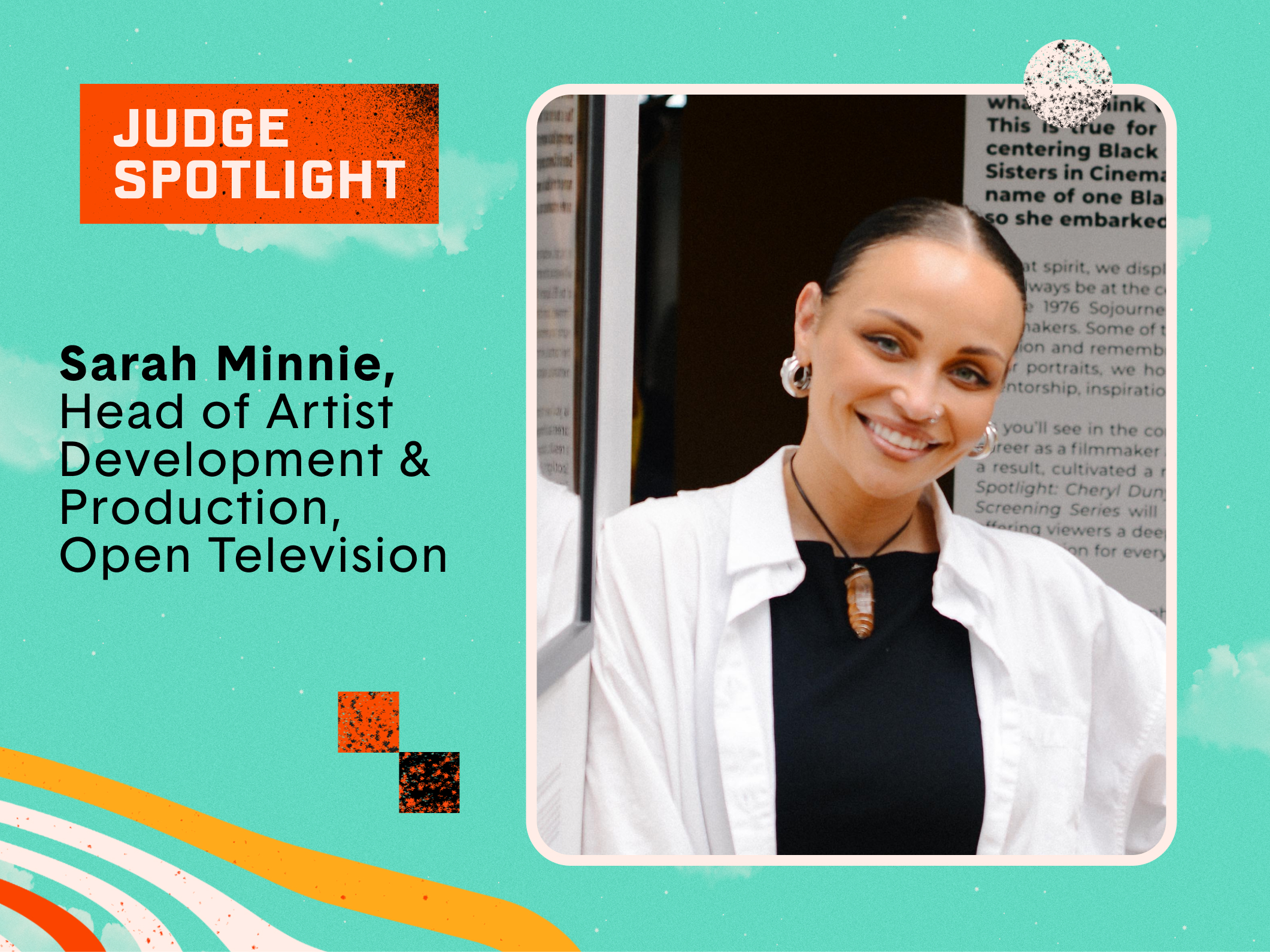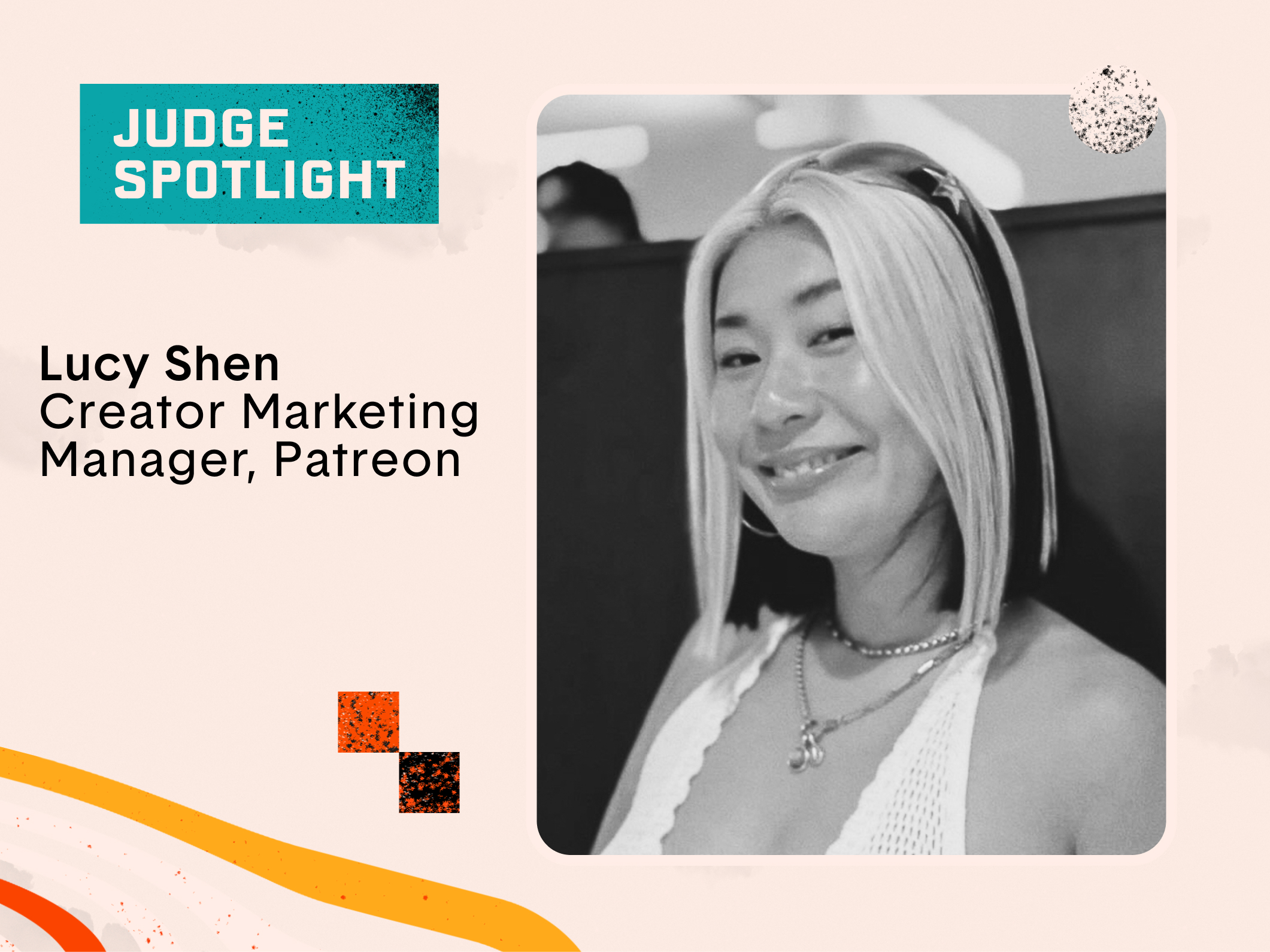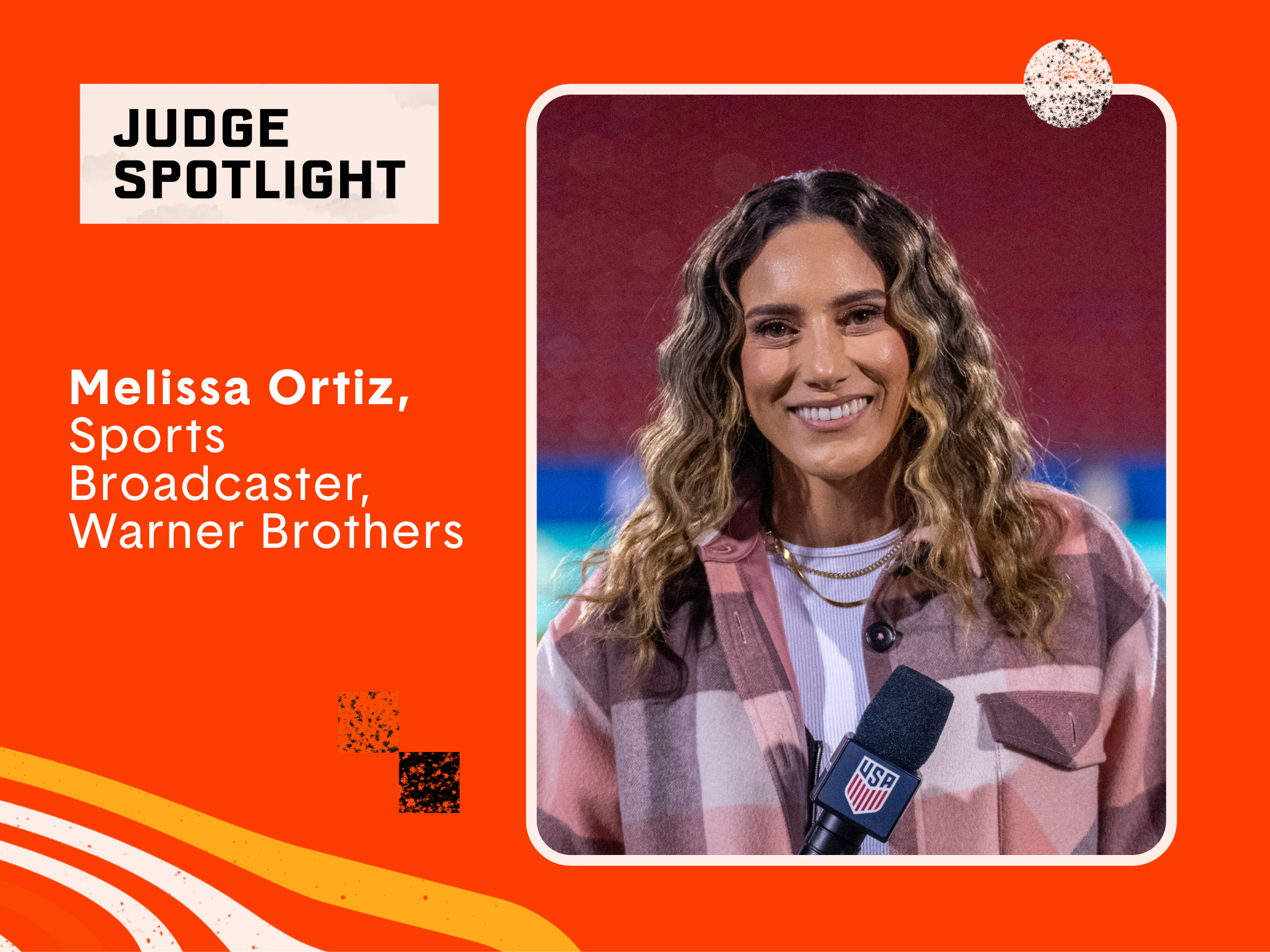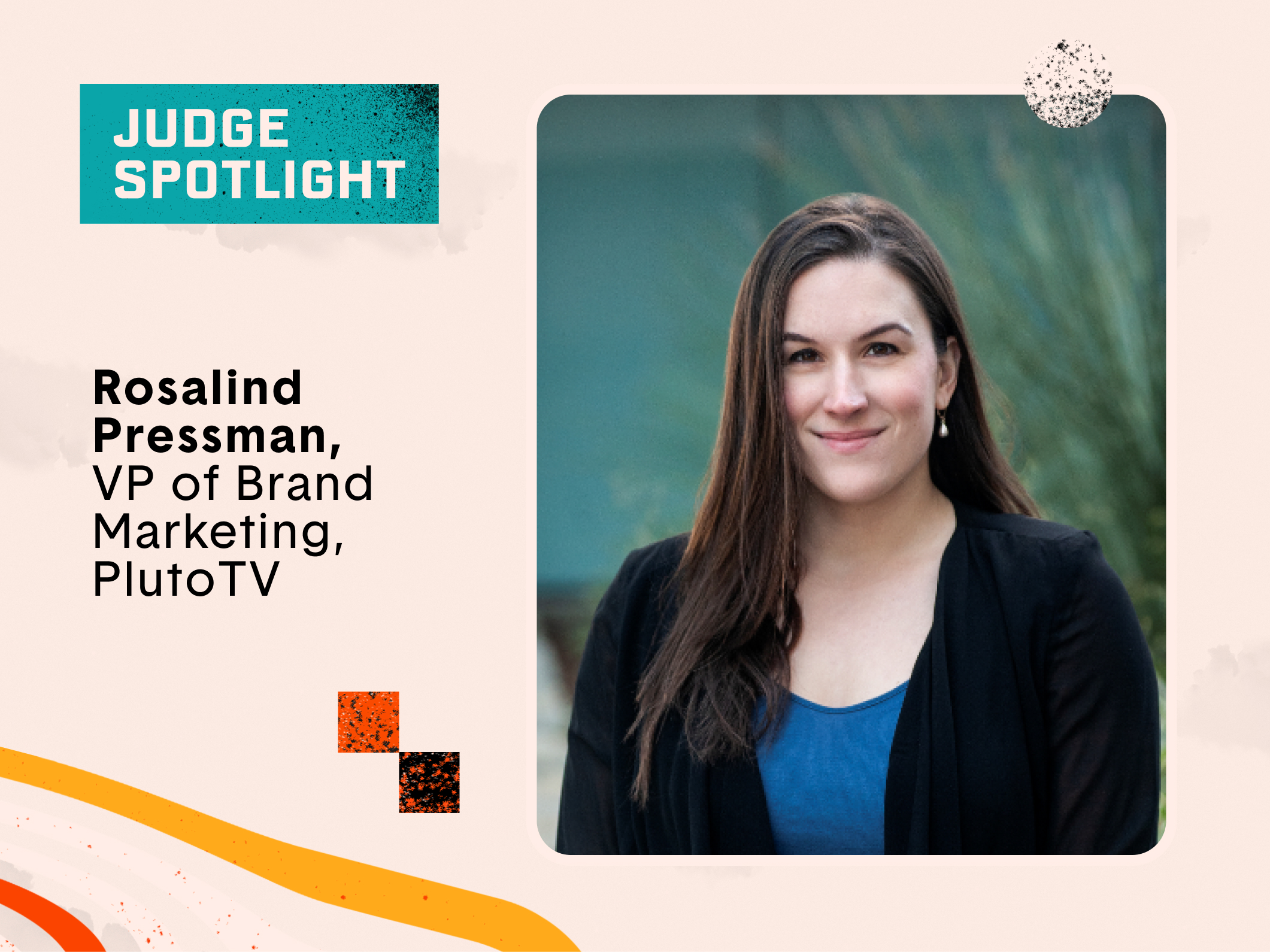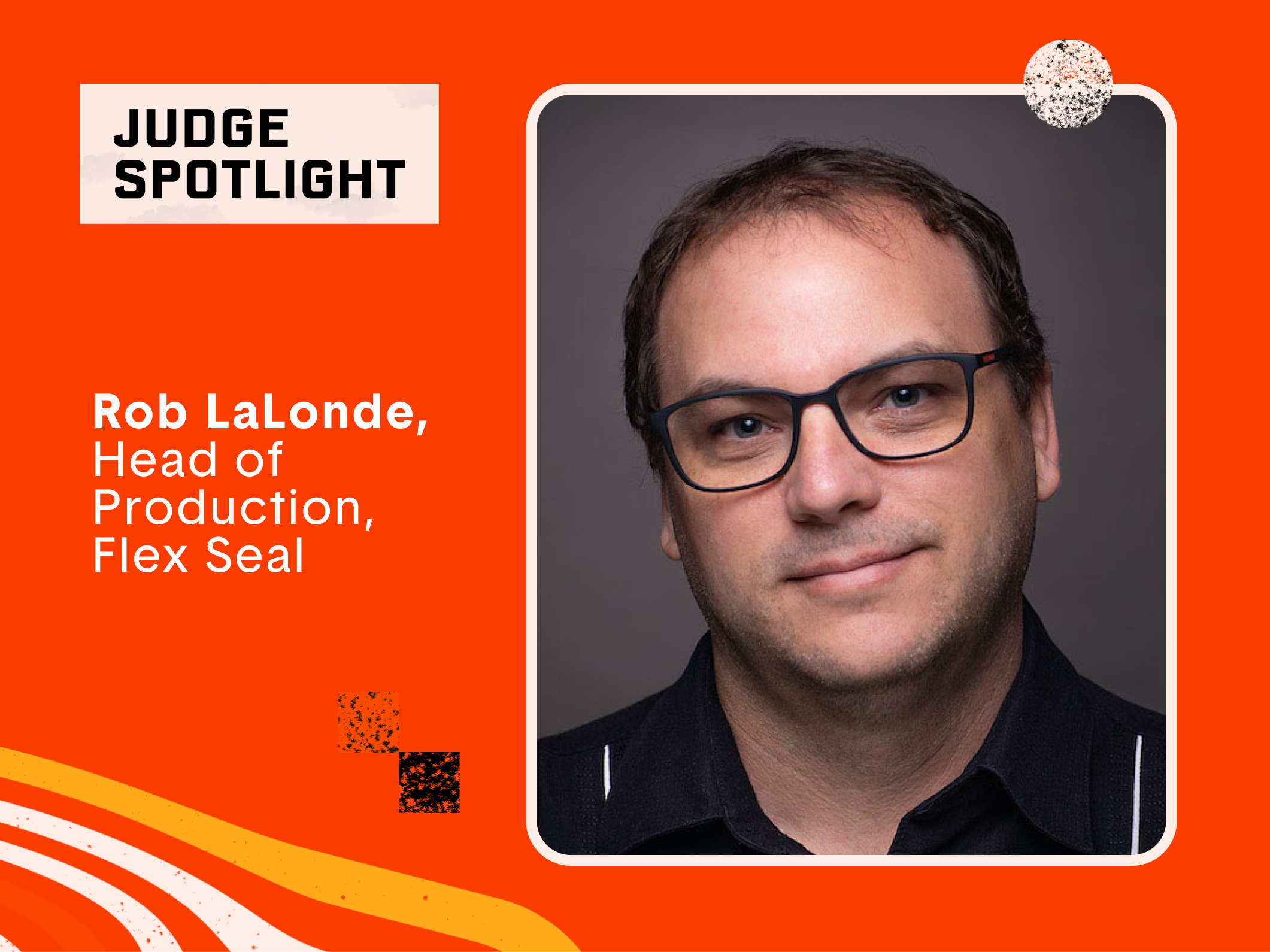How many years have you been a judge?
This is my first year!
What was your first job in the industry? What did it teach you?
My first job in the industry was as an In-house Marketing Manager for a gear rental house in Chicago! This was pivotal in my growth as it taught me to be confident around high end gear, communicate a clients story through an artistic vision and also, led me to make some of my life long industry collaborators.
What project are you most proud to have worked on?
I am really proud of my Production Company, Minnie Productions!
What’s the most challenging part about your job and/or the industry?
Access to storytelling fiscal resources for artists.
What do you look for to determine excellence in video and television?
I look for authenticity above all else – whether it’s the narrative, performance, or visual approach, the work has to feel true to its core. Authenticity creates a connection with the audience, and when that happens, it transcends the screen.
Representation is a key marker for me and my work – I believe in work that amplifies diverse voices and stories, particularly those that are intersectional and challenge the status quo. Stories that break boundaries, bring underrepresented experiences to the forefront, and create a space for conversation are powerful and necessary.
I also value intentionality in storytelling. Every decision—whether it’s in framing, sound design, or pacing—should have a purpose and support the overall vision of the piece. Excellence comes when you see the careful balance between craft and meaning.
Finally, collaboration is at the heart of excellence. A project shines when the whole team is aligned creatively and works together to elevate the material. You can always feel the difference when everyone on set is fully engaged and passionate about the work they’re creating together.
Do you have any specific practices you lean on to fuel your creativity?
Advocating for safety and bravery on film sets has become a core practice that fuels my creativity. Early on, I learned that when people feel safe, both physically and emotionally, they bring their best selves to the work. A brave set is one where every voice is heard, (safe) risks can be taken, and creativity can flourish without fear of judgment or harm. By cultivating this kind of environment, I’ve found that not only do I get to see incredible talent emerge, but my own creative process expands too. When people feel supported, they push boundaries, and that energy is contagious. It drives me to explore new ideas, take bolder creative leaps, and ultimately, craft more authentic, daring stories.
When did you know that this career is what you wanted to do?
I think I’ve always known, in a way. From a young age, I was fascinated by the magic of storytelling—how a simple narrative could transport you to another world, spark a new idea, or ignite emotion. It was the only way I would listen as a teenager, if i’m being honest. My father would pose a problem as a story or adventure and what the character learned was always a great lesson for me. But the moment I truly knew this was the career I wanted came when I realized the power of film and television to create change globally. I knew then that this wasn’t just about making art; it was about using my craft as a way to uplift, inspire, and shift perspectives. That’s when I knew this was my calling, and I haven’t looked back since (maybe a peak back every now and again lol)
When did you know that this career is what you wanted to do?
I think I’ve always known, in a way. From a young age, I was fascinated by the magic of storytelling—how a simple narrative could transport you to another world, spark a new idea, or ignite emotion. It was the only way I would listen as a teenager, if i’m being honest. My father would pose a problem as a story or adventure and what the character learned was always a great lesson for me. But the moment I truly knew this was the career I wanted came when I realized the power of film and television to create change globally. I knew then that this wasn’t just about making art; it was about using my craft as a way to uplift, inspire, and shift perspectives. That’s when I knew this was my calling, and I haven’t looked back since (maybe a peak back every now and again lol)
What inspired you to join the field and create the kind of work you do?
What inspired me to join this field and create the kind of work I do comes from the deep-rooted belief that storytelling is an ancient, mystical practice. I’ve always been captivated by the idea that stories—whether fact or fiction—can change the world, offering us windows into different perspectives and opening the door to more empathy. When I founded Minnie Productions over a decade ago, it was built on this philosophy. I wanted to create an environment where everyone, from cast to crew, felt safe to bring their full selves to the table.
Working with organizations like Open Television (OTV) has only deepened my commitment to this. The goal is to keep opening doors for marginalized creatives to tell their stories unapologetically, and that’s what keeps me driven in this industry.
In your experience, what is a significant change happening in the video and television industry, and what insight can you share about how to navigate it?
OTV was launched as a research project in 2015 with a mission to transform the way the industry supports storytellers marginalized by their race, class, gender, sexuality, disability and nationally. Experimentation is in our DNA. Since our humble beginnings we’ve survived so many catalytic moments, each time rising with more information and greater understanding of how to champion intersectional storytelling.
A significant change that is happening in the entertainment industry right now is the rise of independent filmmaking and its driving force behind alternate forms of storytelling and distribution. We’re seeing shifts away from hyper-commercialized, broad-strokes production models towards more niche, hyper-specific narratives that connect us on a deeper level. These stories tend to offer nuance and foster empathy in ways that big-budget productions often overlook. Independent filmmakers are leading the charge, bringing fresh, authentic perspectives that resonate meaningfully with diverse audiences. Just recently, OTV crossed a huge milestone by releasing our 500th title via our suite of apps to a uniquely built community of 10,000 subscribers around the globe — a reality we didn’t know was possible so many years ago.
Navigating this change means embracing the value of specificity and authenticity. It requires filmmakers, platforms, and audiences alike to step away from the formulaic rubric and lean into stories that might feel unfamiliar or experimental. In doing so, we cultivate a deeper understanding of the human experience. It’s about staying open to new forms of distribution, amplifying community-driven platforms, and supporting storytelling that centers marginalized voices, because that’s where the real cultural shifts are happening.
What initiatives or projects are you working on now that excite you?
Our audience has grown and evolved in beautiful ways, shaping our programming and pushing us to be in a constant state of learning. Right now, at OTV what excites me most are the new directions we’re taking in 2025 with the revitalization and expansion of our distribution model and the launch of a six-figure fund available to intersectional storytellers that need support with getting their projects to the finish line. These efforts are more than just initiatives—they’re opportunities to experiment, disrupt, and challenge the ways we think about supporting and distributing indie content. Our suite of web/TV apps that reaches a global community is evolving into a space that pushes us to rethink artist development and community engagement at various scales, while the fund is an intentional move toward amplifying intersectional voices, specifically through post-production, innovative exhibition strategies and impact campaigns. What I find fascinating about both is how they demand we stay fluid and adaptive, always questioning our patterns and methods so we don’t fall into the non-profit routine of “business as usual”. The landscape of storytelling is constantly shifting, and these initiatives give us room to explore what’s next without getting too comfortable. That’s all I can say for now but 2025 is going to be a major year of pausing and celebrating all that we have learned over the past 10 years of doing this critical work.

